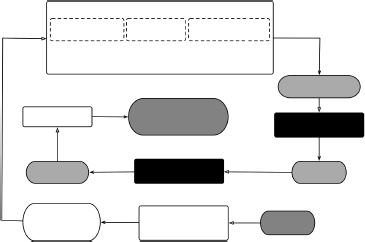CHAPTER 10
PROTOTYPING AND PROOFING THE DESIGN
Here's my design; how well does it work?

DESIGN RESULTS can be communicated in several ways. In this chapter we focus on how to translate our design ideas into models and prototypes that can be used to test our design concepts and communicate our ideas to the client. Often the first step in such a process involves sketching or drawing our design, as we discussed in Chapter 9, because we can use these representations to create the prototype or model. One useful tool for this process is a three-dimensional (3D) representation of the designed object in a software program such as Cleo Elements/Pro™ (formerly ProEngineer) or SolidWorks™. This 3D representation can then be used: (1) as an input to a computational modeling program to simulate the design's performance under specified conditions; (2) as an input into a variety of rapid prototyping technologies, such as 3D printing; (3) to generate detailed engineering drawings of the design; and (4) to guide the tool path in computer numerical-controlled (CNC) machining. We now describe a few common modeling and prototyping tools.
10.1 PROTOTYPES, MODELS, AND PROOFS OF CONCEPT
For many engineering projects, we want to build three-dimensional, physical realizations of our concepts and designed artifacts. There are several versions of physical things that could be made—including prototypes, ...
Get Engineering Design: A Project-Based Introduction, Fourth Edition now with the O’Reilly learning platform.
O’Reilly members experience books, live events, courses curated by job role, and more from O’Reilly and nearly 200 top publishers.

